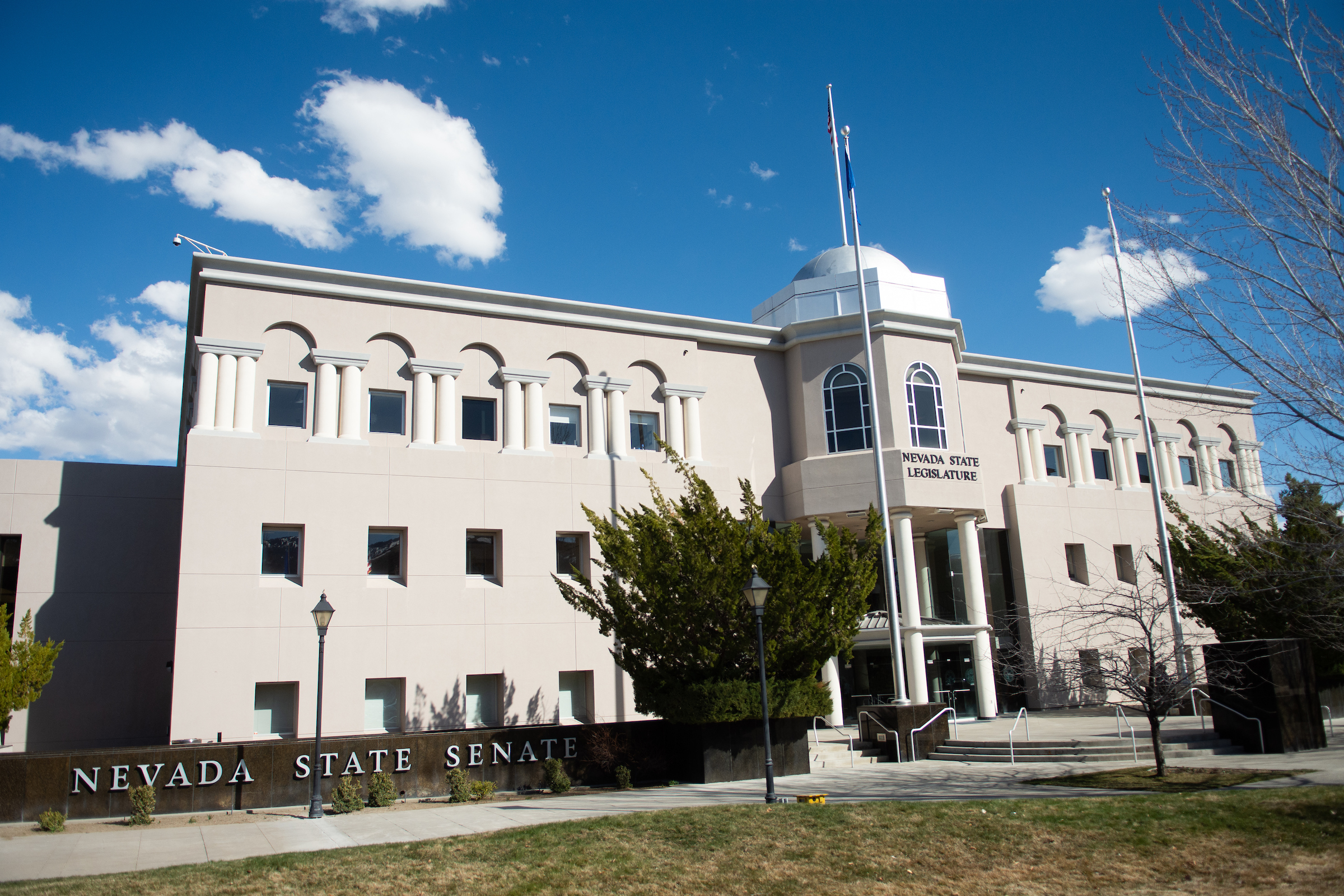Better route to lower drug prices

By Bill Reid
Nevadans are understandably frustrated with the prices they’re paying for prescription drugs.
Some states have tried to address this problem with onerous piecemeal measures that threaten patients’ access to needed medicines or impact discovery of new life-saving medicines. Gov. Sisolak’s Patient Protection Commission provides a better opportunity to bring real relief that Nevadans need.
Once the commission is approved and created, we urge its members to embrace proposals that enhance transparency, competition and consumer choice. These are the principles that ultimately will lower out-of-pocket drug costs and help make medicines more affordable.
Contrary to popular belief, rising drug prices are not driving the current health-care affordability problem. U.S. brand-name pharmaceuticals’ average “net prices”—the amount after factoring in all discounts and rebates given to health insurance plans and other middlemen—rose just 0.3 percent last year, according to IQVIA data. That’s well below inflation. Several pharmaceutical companies actually saw their net prices fall last year, including Johnson & Johnson, Sanofi, Novartis and my company, Eli Lilly.
At the same time, there’s no question many Americans are struggling with the cost of their medications—especially the uninsured and those in high-deductible health plans. According to GoodRx, roughly a third of Americans have seen their out-of-pocket costs for their prescriptions rise in the past year and a third have skipped a prescription at least once because of cost.
How can the net prices of pharmaceuticals be flat while the number of people struggling to pay for their medicines is rising? Because health insurance plans frequently use pharmaceutical companies’ rebates to reduce premiums for all consumers or to fund other priorities.
Unfortunately this practice means that, even where pharmaceutical companies are cutting net prices, growing numbers of patients aren’t seeing it at the pharmacy. Since 2014, for instance, the net price of Lilly’s Humalog insulin has gone down by 8 percent. But the uninsured and people in high-deductible plans are exposed to the full retail price of Humalog, receiving none of these savings that their insurance plans get.
One out of nine Nevadans is uninsured, and one out of four is in a high-deductible health plan. We need different solutions for them. We need to do what works in every other industry—spur competition through meaningful transparency on out-of-pocket costs and then help consumers access the lowest prices generated by that competition.
Already, there is more transparency about pharmaceutical prices than nearly any other health-care service. GoodRx allows anyone to type in their zip code to receive free list price information from pharmacies near them. And now Lilly and other pharmaceutical companies are using our TV ads to direct people to web sites or 800 numbers where they can learn list prices, average out-of-pocket costs and financial assistance information.
This kind of transparency provides meaningful information to patients—unlike other proposals that demand disclosure of information unrelated to patients’ out-of-pocket costs. We need to keep leveraging digital technology like this to help patients.
We also need to make sure patients directly benefit from savings offered on their medicines. Too often, this does not happen.
To address this gap, Lilly created a program last year for people in the deductible phase of their high-deductible plan, giving automatic discounts at the pharmacy that cap the cost of insulin at $95 a month. And this year, Lilly launched a half-price version of Humalog, called Insulin Lispro.
For long-term systemic change, we need new public policies, as some have proposed, to require health insurance plans and pharmacy benefit managers (PBMs) to pass rebates from drug manufacturers directly to consumers.
But employers in Nevada, including the state government, can take action right now. Lilly’s own health plan began passing through rebates last year—helping more than 11,000 people save about $3 million. Employers could also help by adopting zero dollar co-pays on preventive medicines such as insulin—immediately improving health and saving money.
We applaud Gov. Sisolak’s leadership in establishing the new Patient Protection Commission. His approach to bring elected officials, patients and all parts of the health-care system to the table will hopefully lead to enhanced transparency and competition for prescription drug coverage. That’s what can deliver the medicines Nevadans need—at out-of-pocket costs they can afford.
Bill Reid is the senior director of global public policy and public affairs at Eli Lilly and Company, a biopharmaceutical company based in Indianapolis.
